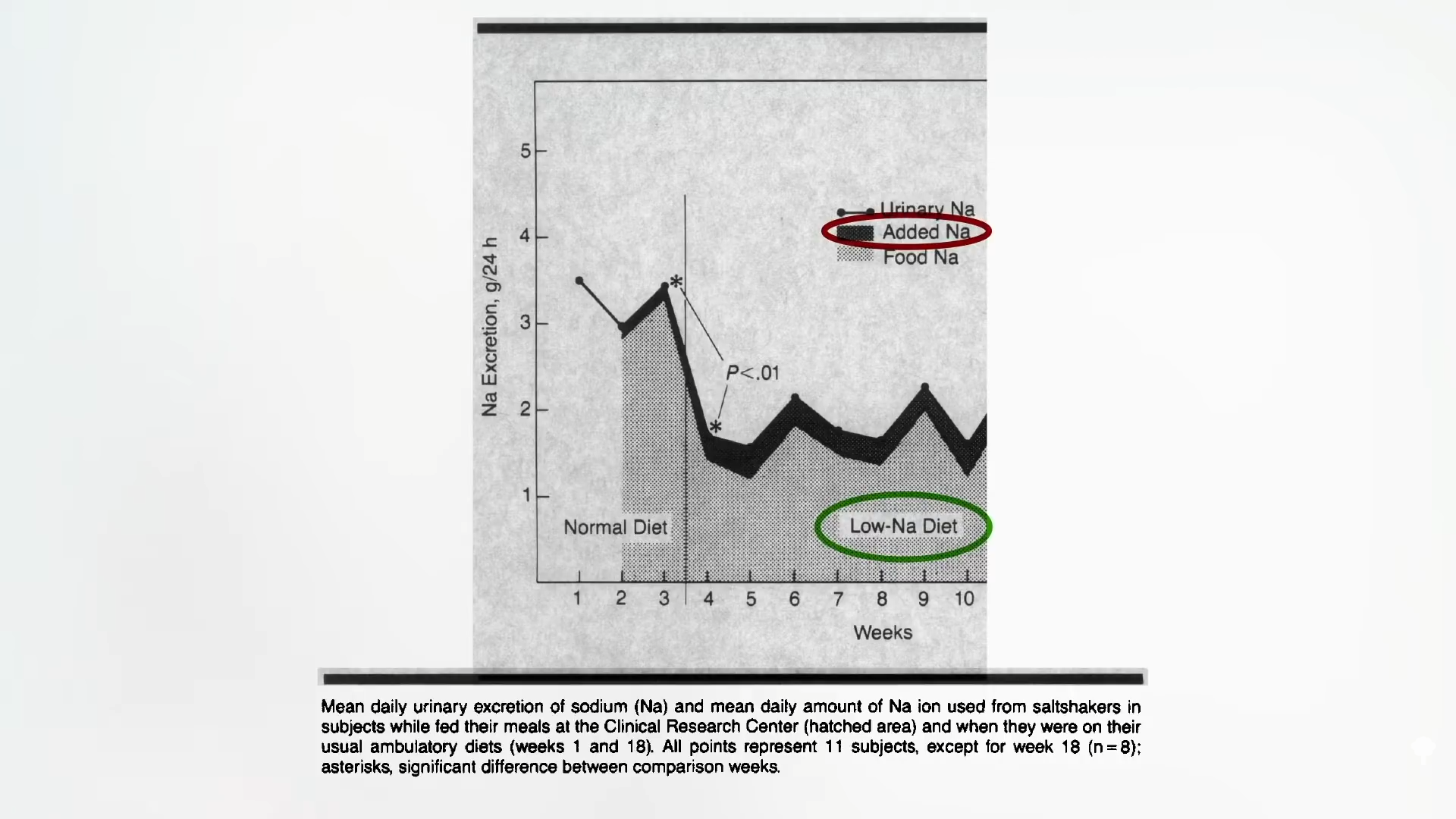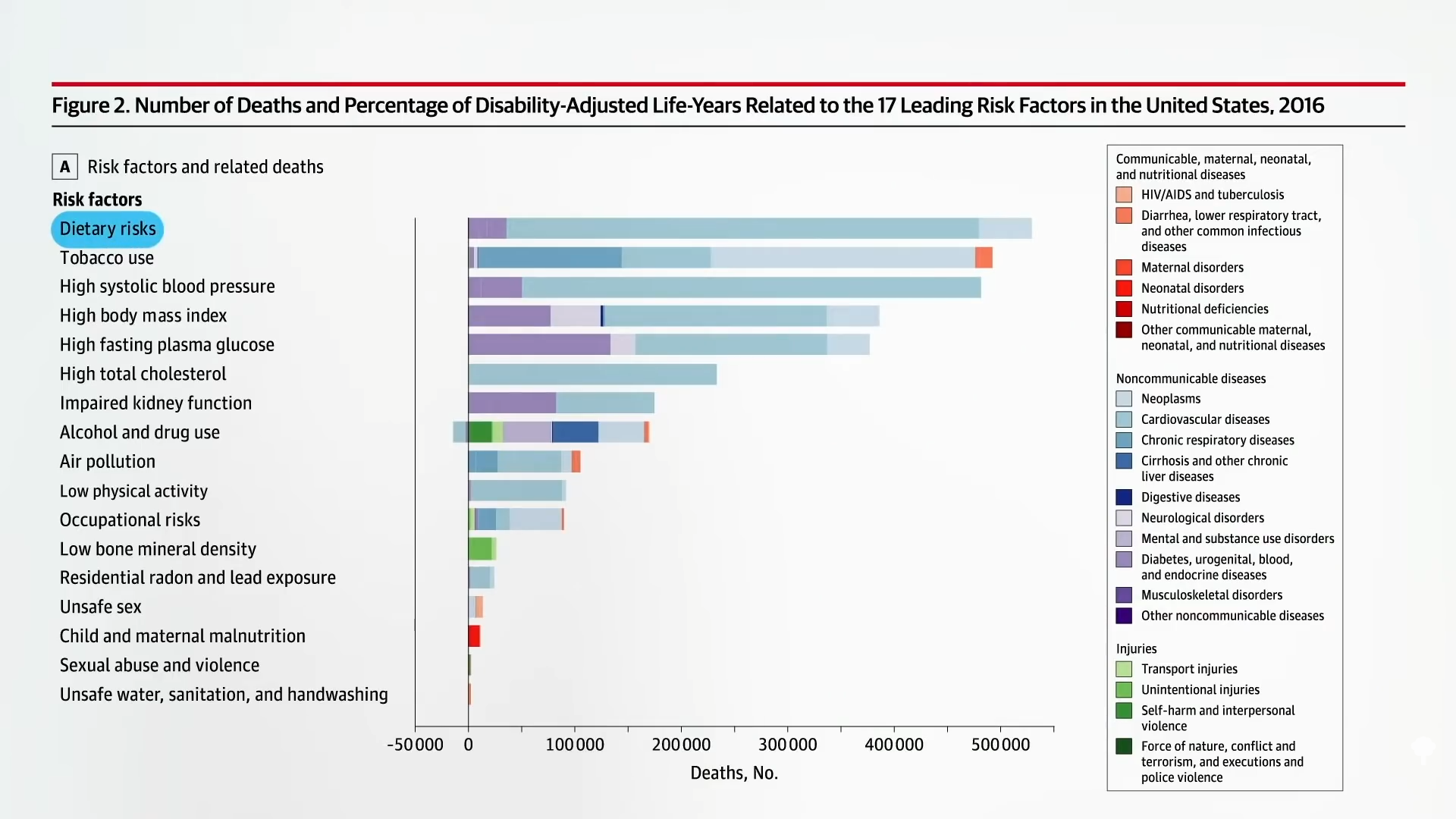What do hospitals should say for themselves about serving meals that look like designed to encourage repeat enterprise?
“Hospital meals wants a revolution.” I used to be shocked to be taught that the majority inpatient meals served in hospitals are “not required to satisfy nationwide diet requirements for a nutritious diet.” An evaluation of the dietary worth of meals served to sufferers in instructing hospitals discovered that many didn’t meet dietary suggestions. “Warning: Hospital meals dangerous for well being,” learn the headline.
A registered dietitian wrote to defend hospitals and level out how stringent the rules are, saying that “over half the hospitals met or exceeded greater than half the rules….It could not take greater than selecting eggs for breakfast and a couple of % milk with meals to exceed the advisable consumption of ldl cholesterol and fats…The provocative conclusions of Singer et al. solely lead the media and the general public to conclude that we’re a bunch of dunces who haven’t any understanding of the relation between diet and illness prevention.”
Properly, if the white coat suits…
“We spend a fortune on coaching medical doctors, however then don’t observe by way of on the best issues, like meals.” “Good weight loss plan is as essential to restoration of well being nearly as good nursing, surgical procedure, or medication, and it’s folly to fake that it’s past the facility of our occupation to alter this reproach.” That was written 75 years in the past, but nonetheless there is pushback: “Maybe we must always query whether or not a ‘nutritious diet’ given to a helpless affected person throughout a 2- to 10-day hospital keep advantages anybody or something aside from the dietitian’s sense of ‘doing good,’” responded one physician. He added, “I’m at all times bothered when a wholesome 75-year-old…is disadvantaged of a desired morning egg as a result of a ‘wholesome’ low-cholesterol weight loss plan has been ordered.” I imply, what is a couple of days of slightly heart-unfriendly weight loss plan within the scheme of issues…
However it’s the message that’s being despatched. “The presence of meals on the [hospital] tray sends a message to sufferers as to what’s wholesome and acceptable for them to eat,” responded the researchers who did the hospital meals evaluation. “We nonetheless can consider no higher place or alternative to set an instance of fine diet than when sufferers are in hospitals.”
In spite of everything, public colleges in California, for example, have banned the sale of sodas for greater than a decade. Why not youngsters’s hospitals? In a examine of California healthcare amenities serving youngsters, 75 % of drinks and 81 % of meals bought in merchandising machines wouldn’t have been allowed to be bought in colleges. We’re speaking soda and sweet. “Having unhealthy gadgets in well being care amenities and seeing employees eat these merchandise…contradicts the diet and well being messages youngsters usually obtain from well being care suppliers.”
On grownup menus, practically all meals contained extra salt, with 100% of each day menus exceeding the American Coronary heart Affiliation’s suggestion for staying beneath 1,500 mg of sodium a day. This implies meals provided to sufferers may very well “contribute to the exacerbation or gradual decision of the very circumstances that will have led to the hospitalization,” as I focus on in my video Simply How Dangerous Is Hospital Meals?.
But when hospitals adhered to the advisable limits of salt, the meals wouldn’t style nearly as good, responded an govt from the Salt Institute, to which the researchers replied: Style nearly as good? “Hospital meals is commonly criticized as having poor palatability, although it doubtless already incorporates excessive ranges of sodium.” It doesn’t style good, regardless of how a lot salt it has.
On the very least, we must always “put together all meals with low sodium content material and make optionally available desk salt accessible for these sufferers who do not need further restrictions.” Then, if people need to add salt, it’s their selection. In the event that they need to get somebody to wheel them out into the car parking zone and smoke, that’s their enterprise, however we shouldn’t be blowing cigarette smoke into sufferers’ rooms 3 times a day, whether or not they need it or not. Apparently, research recommend that when persons are allowed to salt meals to style, they not often add as a lot sodium as could are available in prepackaged meals.
As you possibly can see under and at 3:55 in my video, when researchers switched examine members to a low-sodium weight loss plan, they used their saltshakers extra, however, total, their salt consumption dipped manner down. And so they stated their meals tasted simply as salty, as a result of salt added to the floor of meals makes it style saltier. However when a hospital meal is served pre-salted, “most inpatients could not even have the choice to eat wholesome ranges of sodium whereas they’re hospitalized.”

In protection of their unhealthy meals, one hospital meals service supplier defined that they’re simply giving individuals what they need: “Persons are within the hospital and they’re pressured they usually want one thing that they contemplate consolation meals, so I don’t need to deny that to individuals if that’s what makes them really feel higher.” That’s a purpose one medical director sends ice cream and sweet bars to most cancers sufferers: “We concentrate on acquainted consolation meals, an strategy that has enhanced affected person satisfaction and improved consumption.” what else may assist? A pleasant, lengthy drag on a cigarette. Hospitals used to promote cigarettes, “primarily…for ‘affected person comfort.’” “‘I don’t assume I can deny a paying affected person the appropriate to smoke a cigarette,’” stated a medical middle administrator. “‘As a service to the affected person, I must insist we’ve cigarette machines within the hospital.” However others advised that tobacco merchandise shouldn’t be bought in hospitals in any respect. This wasn’t from the Fifties, however from the Nineteen Eighties. But, on the time, the “irony of hospitals permitting the sale of cigarettes, that are the key explanation for preventable sickness and loss of life on this nation, has not often been mentioned within the literature…It’s particularly ironic that smoking is permitted in 89% of medical doctors’ lounges.”
To their credit score, although, U.S. hospitals underwent “the primary industry-wide ban on smoking within the office” by the mid-Nineteen Nineties. Now, “hospitals once more have the chance to take the lead and to create meals environments which might be per their mission to treatment the sick and to advertise well being. By means of the easy act of serving meals that meets nationwide dietary requirements, our hospitals will act in the very best well being pursuits of their sufferers, and their employees, and can undoubtedly once more be leaders in our ongoing dialogue on the right way to enhance our meals provide, which in flip will enhance the well being of us all.”
“Strict antismoking rules have often been criticized as too harsh or tough to implement, as if illness and untimely loss of life introduced on by smoking have been any simpler to just accept and management.” Assume my smoking-diet parallel is hyperbole? Properly, guess what? At present, the key explanation for preventable sickness and loss of life on this nation is not tobacco. The main explanation for loss of life in America is now the American weight loss plan, as proven under and at 6:29 in my video. Hospitals in the US serve “thousands and thousands of affected person meals every day and are optimally positioned to mannequin a nutritious diet by way of affected person meals.”

Physician’s Observe:
Have you ever seen my earlier video on junk meals in hospitals? If not, take a look at Hospitals’ Revenue on Junk Meals.
For extra on how the revenue motive is degrading our well being, see associated posts under.









Discussion about this post